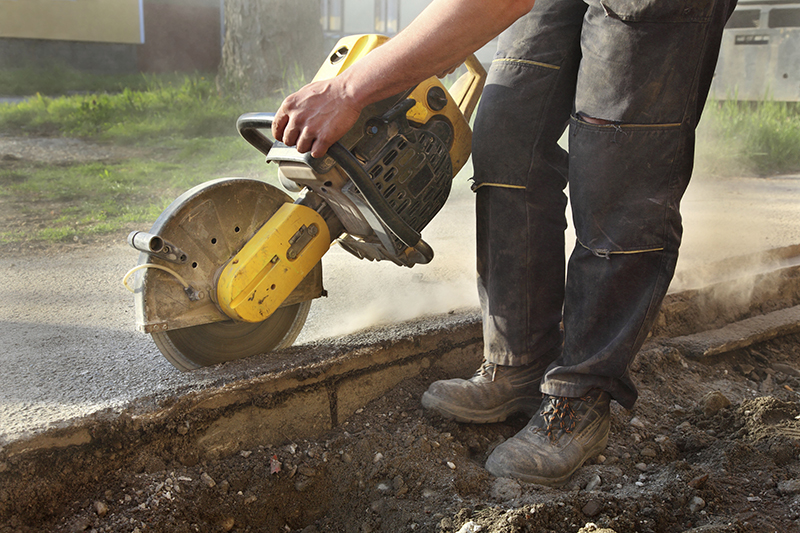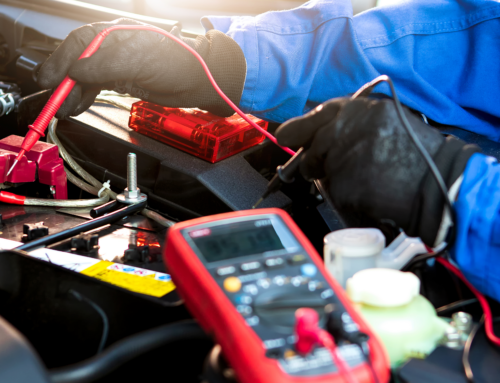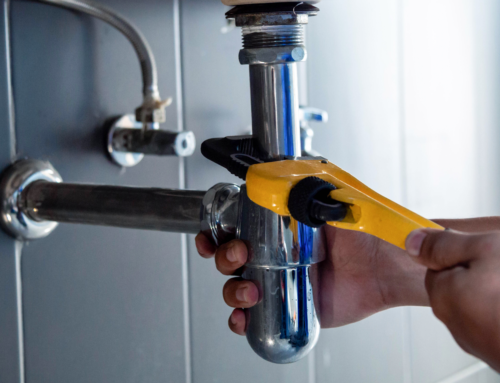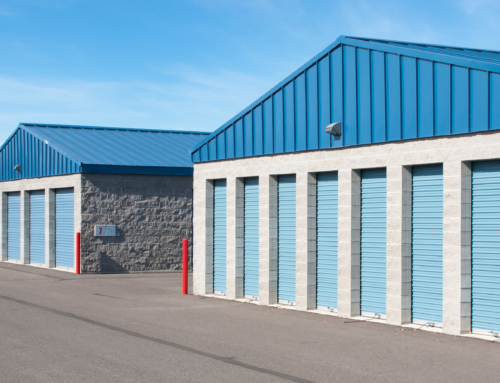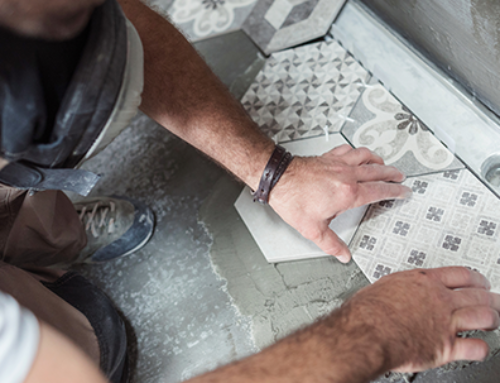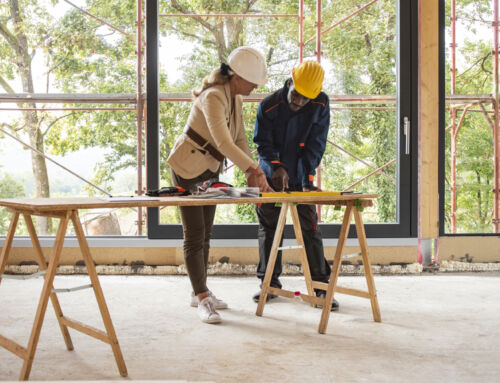No matter what your trade is, power tools make work faster, easier and more efficient. Some might argue they’re much more dangerous than conventional tools and therefore should be avoided whenever possible. But ask yourself this: what’s safer, using a hammer and nail the wrong way or using a nail gun properly?
There are many things you and your team can do to significantly lower the risk of being injured by the power tools you use every day. The tips below are cost-effective, easy to implement and a great addition to any safety program.
- Following instructions: Power tools aren’t all the same but they all have one thing in common: an instruction manual. It’s the easiest way to find out how to use the tool — and its safety features — properly. It’s also very easy to check the manufacturer’s website for demo videos and best practice tips.
- Personal Protective Equipment (PPE): Wearing hats, boots, glasses, earplugs and other forms of PPE are essential to a safe jobsite. Though knowing what not to wear is equally important. This isn’t just limited to wearing loose, dangling clothing or accessories but safety gear as well. For example, while work gloves are a great way to protect yourself from a number of tools, they should never be worn while operating a table saw since they lower your sense of touch, gripping power and can get caught in a blade. Instruction manuals will tell you what you need and filter out what you don’t.
- A well-lit work area: It’s tempting to stay on site for an extra hour at dusk to finish a job so you don’t have to return the next day. It’s also unsafe to work if there’s not enough sunlight. When you’re working indoors, make sure your light is strong enough and that you or any other objects aren’t casting a shadow over the task at hand.
- Electrical safety: Power tools are safest when they’re off and unplugged, so keep them that way when they aren’t in use. Speaking of plugs, make sure you’re using the right type of extension cord that’s long enough for the job. For example, indoor cords shouldn’t be used outside and regular ones can’t replace heavy duty.
- Keep the work area clean: There’s nothing worse than slipping, tripping or falling with a power tool in hand, so remove any obstacles that could get in your way and clean up spills as soon as they happen. Pay special attention to sawdust which can easily be ignited by sparks from saw blades. Other combustibles like fuel should be stowed away as well.
- Balance is key: Power tools are, well, powerful. So when using them, make sure you’re in control by wearing slip-resistant boots and planting your feet, using both hands to grip, never leaning too far and making sure your saw blades (if applicable) are sharp enough. Dull ones often cause you to use excessive force which can throw off your balance.
- Use with confidence: If you’re tired, distracted, in pain, feeling unwell or under the influence of drugs and alcohol, stay away from power tools. No exceptions.
- Train your staff: Educating employees before giving them power tools is the only way to make sure they know how to use them safely. Even if you hire just one person to help out on a busy day, it’s a worthwhile investment.
In addition to instruction manuals and the tips above, there’s a wealth of information out there to help you and your staff work with any tool as safely as possible. You have the power, use it wisely.
